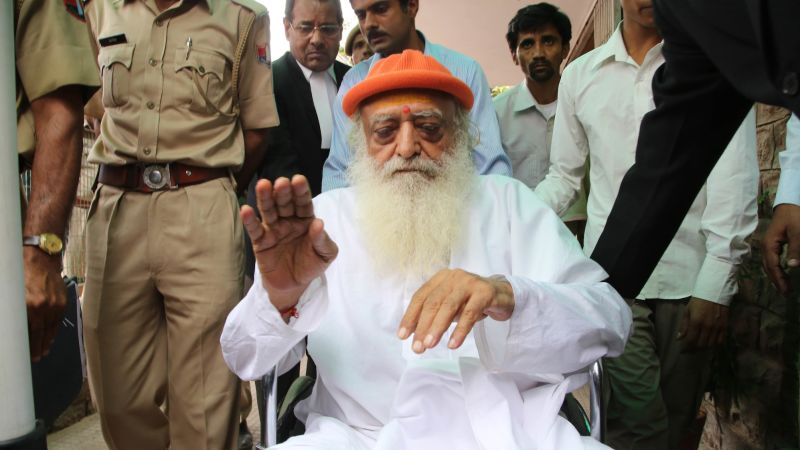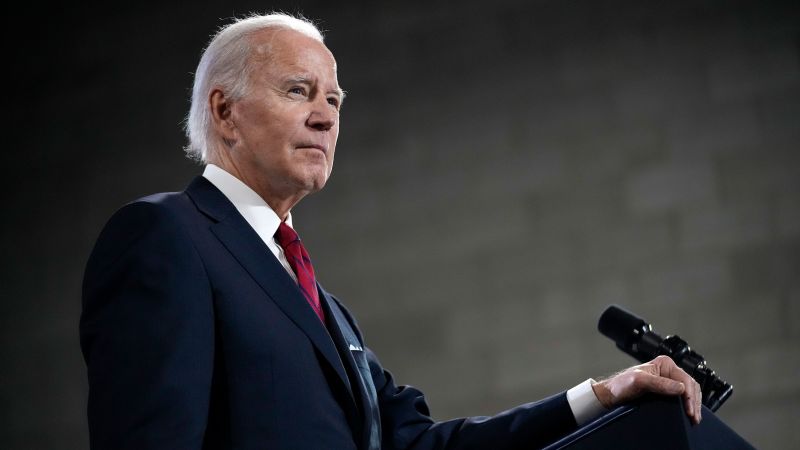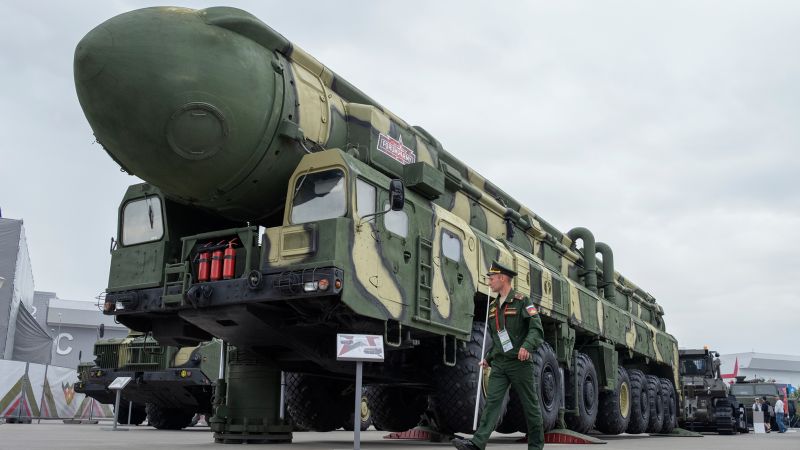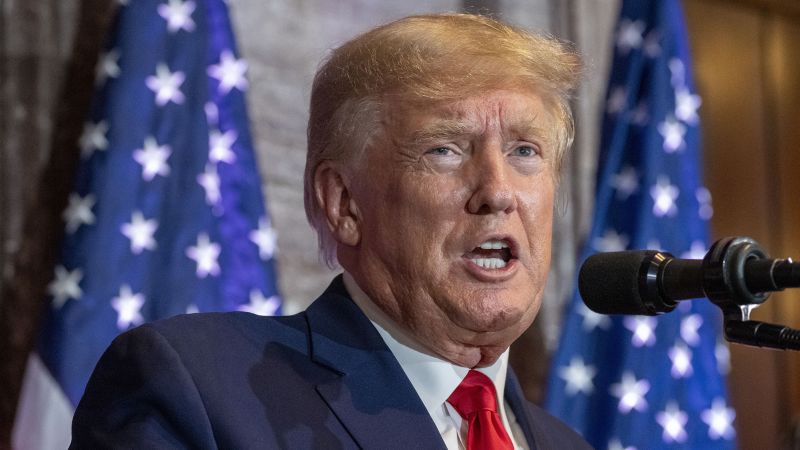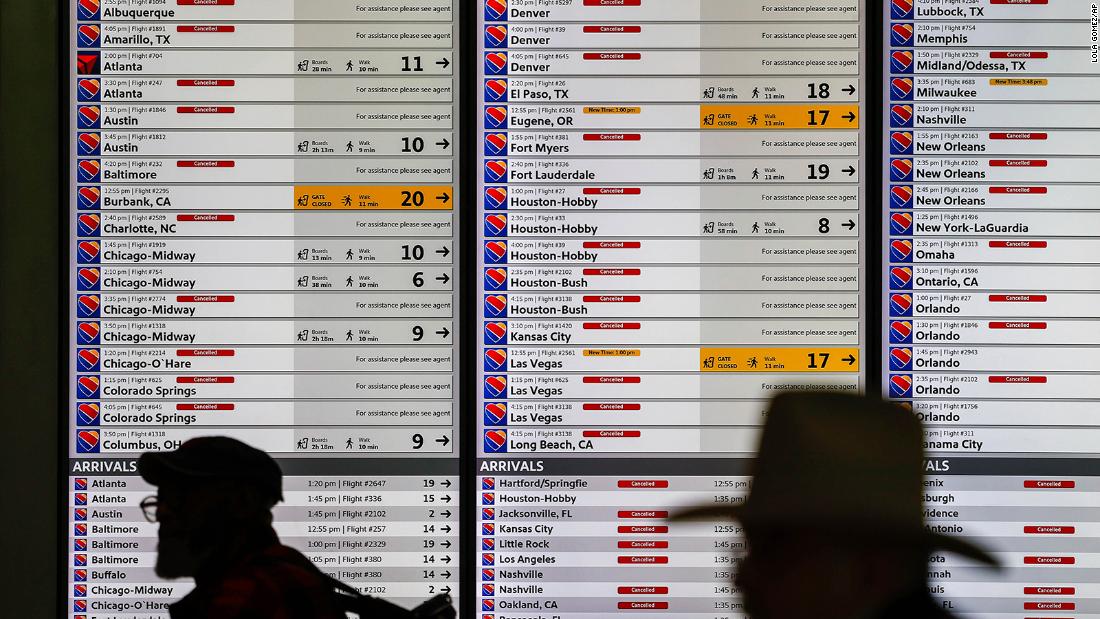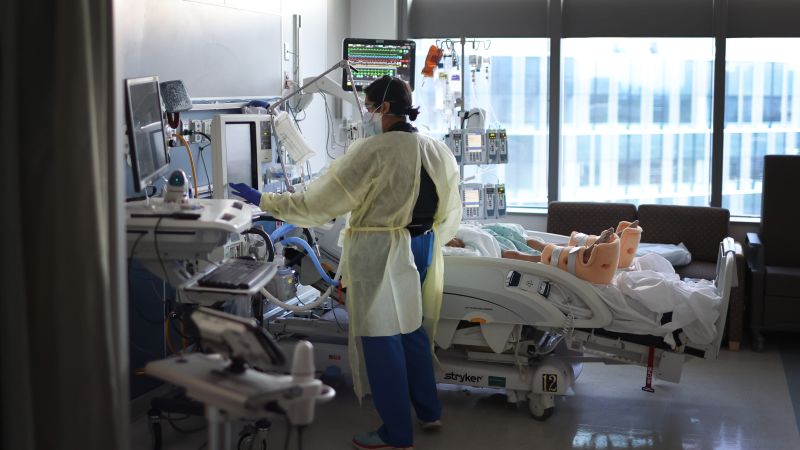CNN
—
The video was instantly viral: Cell phone footage from anti-government protests in Iran’s Kurdish city of Sanandaj showed a bare-chested man wielding a knife, encircled by about a dozen regime forces armed with guns.
Security officers appeared to take turns cautiously swinging their batons at the protester, some even firing their guns at him, as they sprang back and forth with every lunge he made.
Eventually the protester fell to his knees, after being shot multiple times at close range, he says.
It was the world’s first glimpse of Ashkan Morovati, a Kurdish Iranian boxer who has since become a hero to supporters of Iran’s protest movement.
In an exclusive interview with CNN, Morovati explained the backstory to the video, taken in late October. In the moments leading up to the confrontation seen on camera, he said, he had approached security forces and asked them to take a calmer approach toward protesters calling for the end of the country’s iron-fisted clerical regime.
“I went there to tell them to stand by the people and make compromises with people,” Morovati told CNN. “You are suppressing people mercilessly and this is beneath humanity.”
As he addressed them, however, the security forces attacked without warning, using pepper spray, batons, and ultimately firing at him, according to Morovati. He says he only took out his knife in self-defense, though to no avail.
“They shot me with a shotgun from a very close range and then shot me twice with military grade bullets in both legs.”
Iranian authorities did not respond to CNN’s request for comment.
Morovati was arrested and later charged with “waging war against God” or “moharebeh”, a charge that carries the death penalty, and which has been repeatedly used by the Iranian regime to prosecute political protesters in the country.
The ordeal could have cost him his life. Instead, it led to his daring escape from Iran.
Iran’s nationwide uprising convulsed the country when it began in mid-September, posing the biggest domestic threat to the ruling clerical class in more than a decade. Mass protests penetrated the regime’s conservative support base and produced countless acts of defiance – and sometimes violence – against the formidable Basij, a voluntary paramilitary group that is the fulcrum of the Islamic Republic’s security apparatus. The protesters were young and angry, and a barrier of fear appeared to have broken.
But four months on, a growing wave of repression against demonstrators – including dozens of execution sentences handed out to protesters – has damped Iran’s protests, though not the popular anger behind it. Recent death sentences are the culmination of an increasingly violent crackdown including the gunning down of protesters, mass arrests, physical assault and sexual violence.
Morovati himself says he died many times before finally escaping from Iran. He alleges that regime forces brutalized him even after his arrest, continuing to beat him and even shooting him again, until they were certain he would not survive.
“When they were transporting me to hospital, they shot me from a very close range with a shotgun, as if it was a coup de grace,” Morovati explains. He believes that the officers only took him to the hospital because they were certain he would die.
But he lived.
At Kowsar Hospital in Sanandaj, he was taken to the ICU and treated by several doctors, including Dr. Iman Navabi, a surgeon.
Morovati told CNN that doctors at the hospital said he had a severed artery in his leg, a lung punctured by shotgun pellets, and about 200 more pellets in his body, with some causing serious wounds.
Though his condition was dire, he miraculously pulled through.
“Are you 100%? Open your eyes,” Navabi said in a video posted on his Instagram showing Morovati after surgery. Navabi stood above Morovati, whose large stature lying on a stretcher had his feet dangling off the front end. His parents, visibly worried, sat next to him in hospital gowns.
“Ashkan Morovati is fine, the operation was successful, his condition is stable, he is out of danger, he is in the ICU tonight and there is nothing to worry about,” Navabi wrote in his video caption.
Many Iranian doctors and health workers have been arrested as punishment for providing medical treatment for protesters, and after treating Morovati, Navabi himself was arrested in early December, according to Norway-registered Hengaw Organization for Human Rights. He was later released, according to Canadian member of Parliament Terry Beech.
The Kurdish boxer, who previously had been seen training with weights, throwing punches and sprinting on videos posted to his social media accounts, spent nearly a month lying in a hospital bed recuperating.
Then, he says regime forces burst into the hospital and dragged him out in the early hours of November 23.
“Around 10 plainclothes agents came along with around 20 armed soldiers who had fully taken over the hospital, and took me from the isolated ICU room,” Morovati said, describing the scene. “They had a court order to shoot anyone who came close to interfere and they took me to prison in that condition.”
He was taken to prison where he says he experienced unbearable agony because of his open wounds.
In prison, Morovati no longer received continual oxygen from an oxygen tank or had his wound dressings changed frequently as he had in the hospital; prison staff ignored his cries of pain, he says.
“I had to find salt and put them on my wounds to disinfect my wound just a little bit,” Morovati says of his nearly 10 days in prison. “They didn’t pay any attention to my condition.”
He relied on fellow prisoners to share their painkillers.
After 10 days, at the persistent urging of his family and pressure from physicians from Kowsar Hospital on the judiciary, prison staff acquiesced in providing medical treatment for Morovati by transferring him to an army hospital.
“I was there in that condition with both my hands and feet chained to the bed,” Morovati says, describing his six-day tenure at the facility. He says army doctors thought he was dying and suggested he be transferred to a hospital better equipped to treat him.
Again, at the behest of family and physician pressure, Morovati was somehow granted reprieve.
“They gave me 20 days to get myself to a well-equipped hospital,” he says.
It was during this time that the judiciary charged him with moharebe – without a hearing and without questioning. And this was precisely the time that Morovati took advantage of to make his great escape.
Instead of going to a hospital, Morovati fled the country, traveling overland. “I got out of the country through mountains and deserts while heavily bleeding and in a very, very bad condition,” Morovati says.
With the help of friends, he says he is now in a safe place, in an undisclosed location outside of Iran’s borders.
“Many people in Iran are dying to get out of the country and tell the world the truth,” Morovati explains. “Our only crime is that we demand freedom and democracy and want our women to be equal to our men. We shouted ‘Woman, Life, Freedom’ – this is our crime.”
When asked if Iranians are scared in light of the current crackdown on protesters, Morovati disagreed, referencing a popular slogan used by protesters: “Any one person who is killed, there are a thousand people in support of them.”
“I don’t believe that people are scared,” Morovati says. “People are still standing bravely and will [continue to] stand courageously.”
Morovati still hasn’t received medical attention since his escape and says his leg that sustained the gunshot wound is numb, but he copes with it. He says it’s extremely painful for him to come to terms with the fact that he won’t be able to pursue boxing as a career after his injuries, but his hopes lie in a different destiny now.
Asked about his safety and any physical pain he feels, Morovati hastily responds saying he doesn’t feel safe, and he is in pain. He quickly adds that “the most important thing for me right now is Iran’s liberation.”
“I will give my life for my people, for my Iran, not one time, but a hundred thousand times,” he added.

